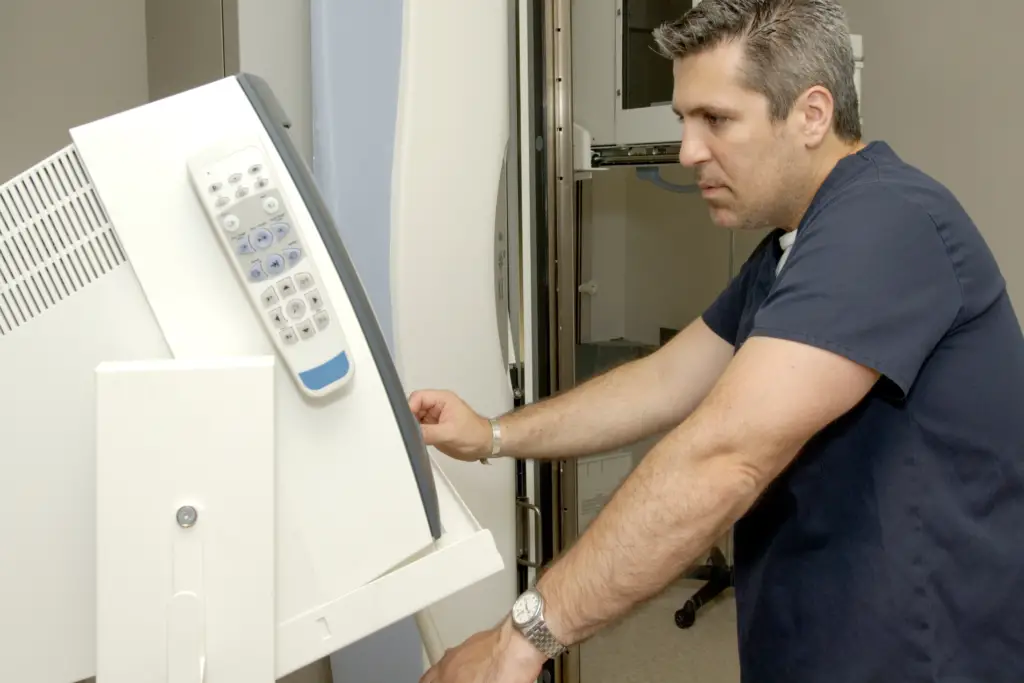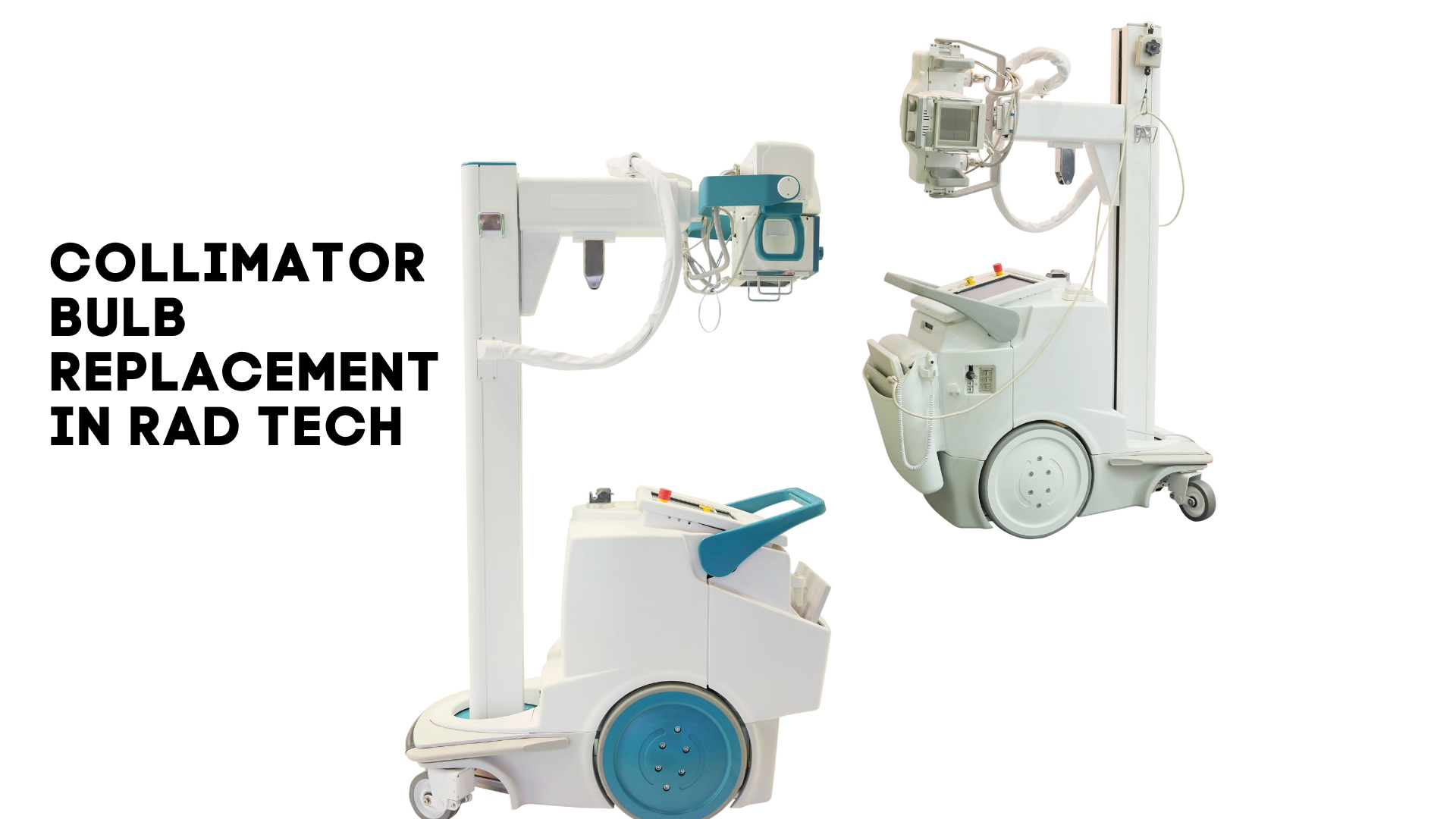Collimator bulb replacement in rad tech is a task that’s frequently met with mixed feelings.
Is this a job for the Rad tech, the physicist, or should it be outsourced to an engineer?
Let’s delve into the insights from several radiology professionals on this topic.
Experiences From The Field
Contrary to popular belief, several professionals reveal they have personally replaced collimator bulbs numerous times. They offer tips like refraining from touching the bulb with bare hands to prevent premature burnout due to oil from fingerprints.
However, it’s worth noting that the ease of changing these bulbs might depend on the type of bulb in question. Traditional bulbs are generally straightforward to replace, while the newer LED boards could present a greater challenge.

Industry Shift to LED
Interestingly, some professionals highlight that many facilities have begun transitioning to LED bulbs, which consume less wattage and last significantly longer.
This transition, however, has led to a shift in the bulb-changing process, potentially necessitating a bioengineer’s involvement, especially if specific alignment tests are required post-installation.
Facility Rules and Considerations
Despite the various anecdotes from professionals comfortably changing bulbs, it’s essential to consider the facility’s rules and agreements. Some sites require a service engineer to handle bulb replacements.
Moreover, the possibility of the task invalidating service agreements with engineers or even endangering the operator’s safety is worth considering.
Therefore, the ultimate decision may rely heavily on the specific facility’s policies and the individual’s comfort and skill level.
The Verdict on Collimator Bulb Replacement
Collimator bulb replacement in rad tech may vary based on the facility’s policy, equipment type, and the radiologic technologist’s comfort level.
Some radiologic technologists are comfortable replacing bulbs, while others prefer a professional engineer to handle them. Ultimately, the key is to follow safety protocols and ensure your actions are within your professional competency level.

